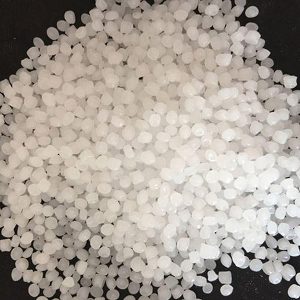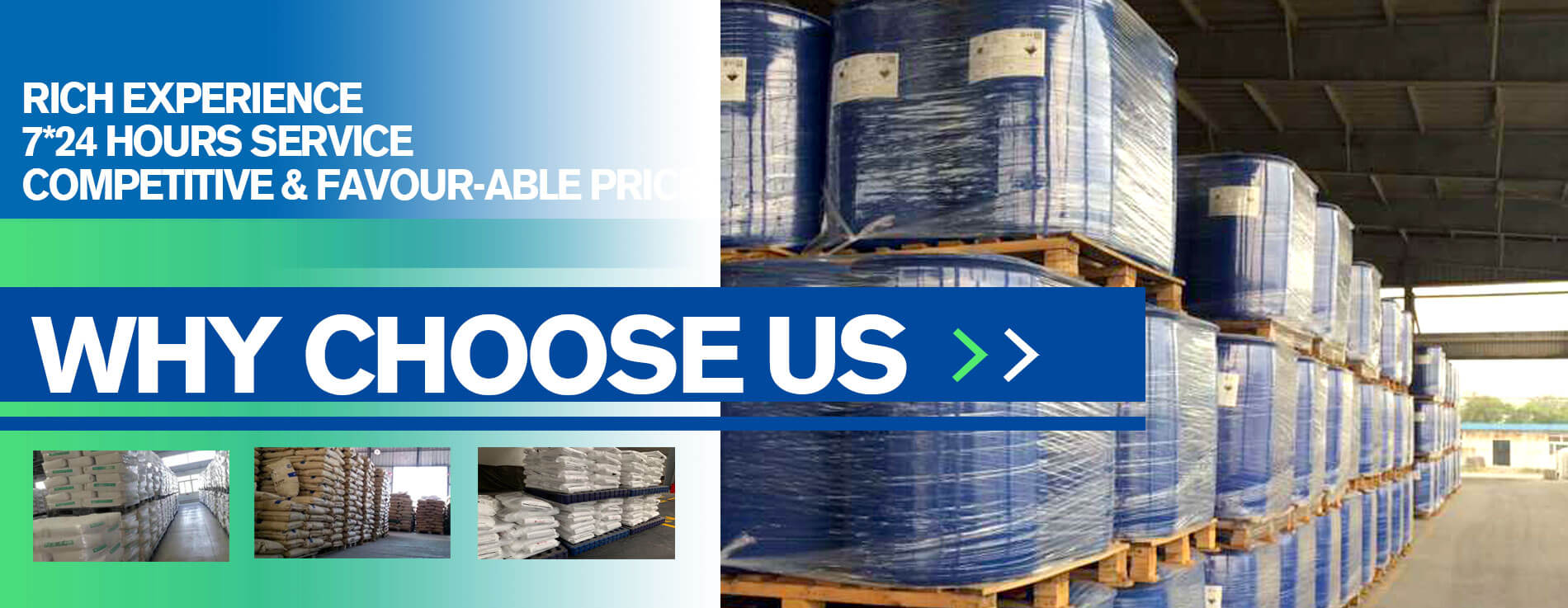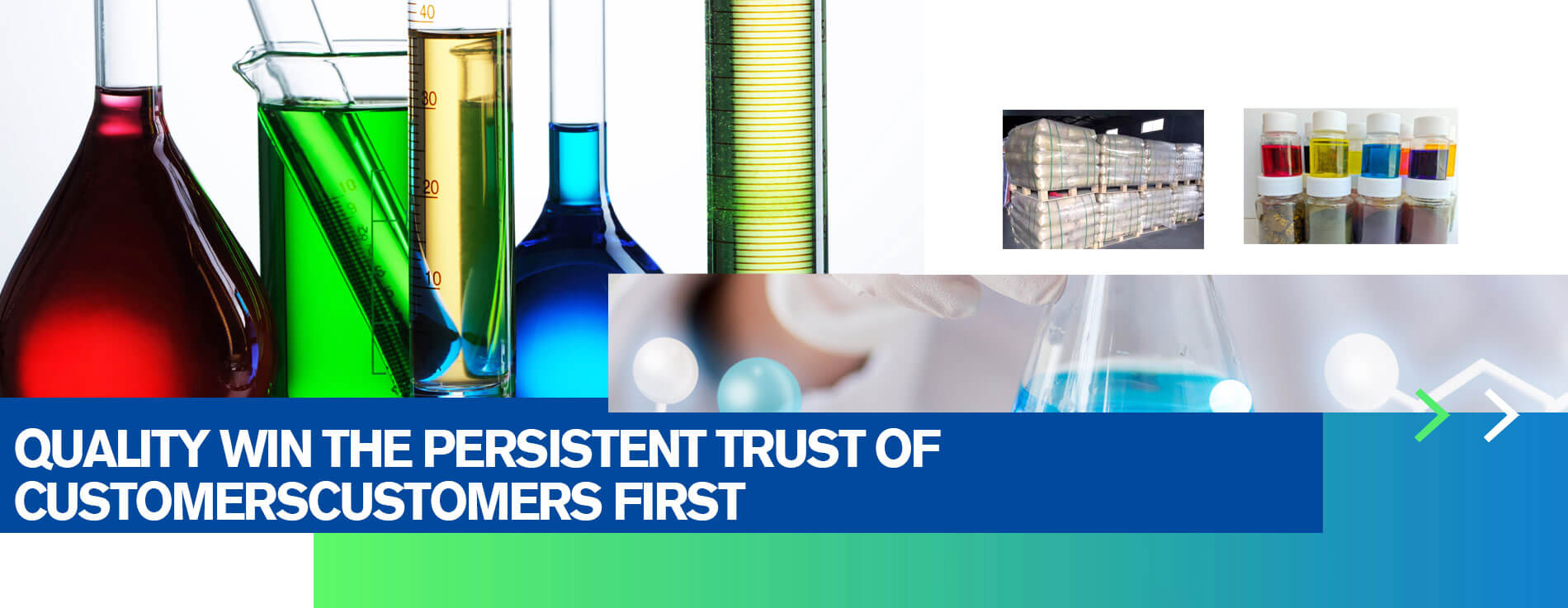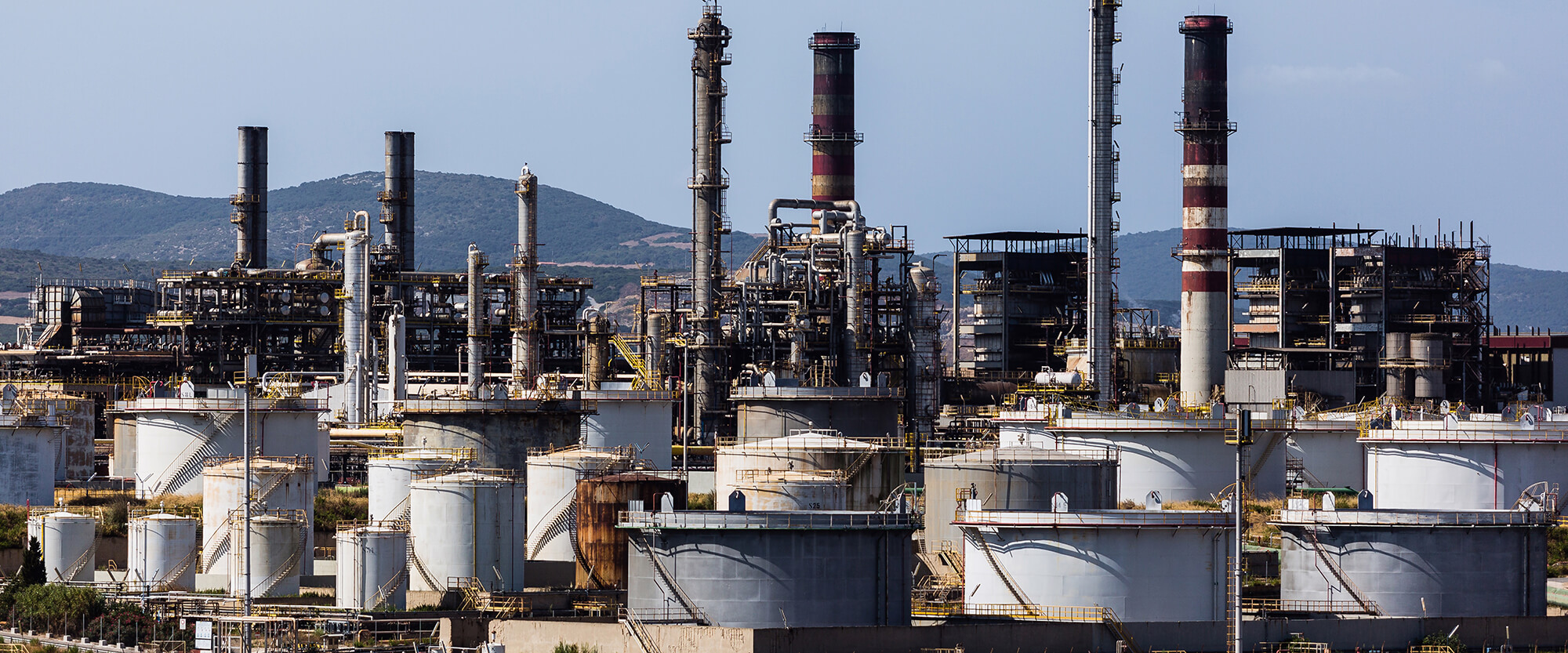Low Density Polyethylene Film Grade QLT04 QLF39

Specifications
| Grades | QLT04 | QLF29 | |
| MFR | g/10min | 3.0 | 0.75 |
| Density | 23℃, g/cm3 | 0.920 | 0.920 |
| Haze | % | 10 | — |
| Tensile Strength | MPa | 6 | 6 |
| Elongation at break % | % | 550 | 550 |
Packing & Storage
| Packing | Packed in internally coated polypropylene woven bags, and the net content of each bag of product is 25kg | |||||||
| Storage | It should be stored in a ventilated, dry, clean, and well-maintained warehouse with good fire-fighting facilities. When storing, it should be kept away from the source of fire and prevent direct light. It is strictly forbidden to store in the open air. The storage period generally does not exceed 12 months from the date of production. | |||||||
| Shipping | Sharp tools such as iron hooks are prohibited during transportation, loading, and unloading. During transportation should be kept clean, dry, and equipped with compartments or clothes. It shall not be mixed with sand, broken metal, coal, glass, etc. during transportation. | |||||||
Free Quote
At present, the company has more than 10 advanced production lines of the hollow glass microspheres with the annual production capacity of 15 thousand tons. To meet the demand of customers, the company can expand production capacity as soon as possible within 20 days. 6S principles Implemented in the production systems.
For samples, pricing, or more information, please call us at 0086 25 51192301 or mail to info@ascent-chem.com or fill out the following form. We will respond to you as soon as possible.
Tel: 0086 25 51192301
E-mail: info@ascent-chem.com


General Information
| Common Names | Low Density Polyethylene Film Grade QLT04 QLF39 | |||||||
| Structure | ||||||||
| CAS No. | 9002-88-4 | Boiling Point (℃) | 48-110 °C(Press: 9 Torr) | |||||
| Molecular Weight | 28.05316 | Melting Point (℃) | 131 ℃ | |||||
| Appearance | White Powder | EINECS | 618-339-3 | |||||
| HS Code | 39012000 | Flash Point (ºF) | 270 °C | |||||
| Solubility | Soluble in acetone and benzene | LogP | 1.02620 | |||||
| Safety Phrases | 22-24/25 | ||
| RIDADR | NONH for all modes of transport | ||
| WGK Germany | 3 | ||
| Hazard Codes | Xi | ||
| Hazard Class | 2.1 | ||
| FIRST AID | |
| Inhalation | If inhaled, move the patient to fresh air. If breathing stops, perform artificial respiration. Consult a doctor. |
| Skin | If inhaled, move the patient to fresh air. If breathing stops, perform artificial respiration. Consult a doctor. |
| Eyes | Rinse thoroughly with plenty of water for at least 15 minutes and consult a doctor. |
| Ingestion | Never feed anything through the mouth to the unconscious person. Rinse your mouth with water. Consult a doctor.Consult a doctor. |
According to the polymerization method, low-density polyethylene can be divided into the high-pressure method and low-pressure method. According to the type of reactor, it can be divided into the kettle method and the tube method. Using ethylene as raw material, it is fed into the reactor, and the polymerization reaction is carried out by high-pressure compression under the action of the initiator. The material coming out of the reactor, after the unreacted ethylene is removed by the separator, it is melted, extruded, granulated, dried, blended, and sent for packaging.
Frequently Asked Questions
LDPE Film Grade Details
Low Density Polyethylene (LDPE) Film Grade QLT04 QLF39 refers to a specific type of LDPE polymer used in the production of plastic films. LDPE is a thermoplastic polymer with a relatively low density, which gives it flexibility and transparency. It is commonly used in packaging applications due to its excellent moisture barrier properties and low cost.
In general, LDPE film grades may vary in terms of their melt flow index (MFI), which determines their flow properties during processing. The MFI influences the film’s thickness, strength, and clarity. Other factors like the density, tensile strength, tear resistance, and elongation at break may also vary based on the specific LDPE film grade.
LDPE Film Varieties
LDPE (Low-Density Polyethylene) is a commonly used polymer that is known for its flexibility, toughness, and chemical resistance. It is widely used in various applications, including packaging films, agricultural films, geomembranes, and industrial products. LDPE films come in different grades, each designed to meet specific requirements. Here are some common LDPE film grades:
1. General-Purpose LDPE Film: This grade of LDPE film is versatile and used in a wide range of applications. It offers good optical properties, excellent impact strength, and easy processability. It is commonly used for packaging, including bags, shrink film, and food wrapping.
2. Linear Low-Density Polyethylene (LLDPE) Film: LLDPE is a variation of LDPE that exhibits improved mechanical properties, such as higher tensile strength and puncture resistance. LLDPE films are often used in applications requiring enhanced toughness and stretchability, such as stretch wrap films, heavy-duty bags, and agricultural films.
3. High Clarity LDPE Film: This grade of LDPE film is specifically formulated to offer excellent clarity and transparency. It is commonly used in applications where visual appeal and product visibility are important, such as clear bags, garment bags, and packaging for retail products.
4. Anti-Static LDPE Film: LDPE films can be modified to have anti-static properties, which are crucial in certain industries, such as electronics and cleanroom environments. Anti-static LDPE films help to prevent the build-up of static charges and reduce the risk of damage to sensitive electronic components.
5. UV-Stabilized LDPE Film: LDPE films can be formulated with additives to enhance their resistance to UV degradation. UV-stabilized LDPE films are commonly used in outdoor applications, such as greenhouse covers, agricultural films, and construction membranes, to protect against the damaging effects of sunlight.
6. Metallocene LDPE Film: Metallocene-based LDPE films are produced using a metallocene catalyst, which allows for better control of the polymer’s molecular structure. These films often exhibit improved mechanical properties, such as higher strength and puncture resistance, making them suitable for applications that require enhanced performance, such as heavy-duty packaging and industrial liners.
Contact Us
TEL: 0086 25 51192301
EMAIL: info@ascent-chem.com
EMAIL: sophiahoney247@gmail.com
Copyright © Ascent Sbr All Rights Reserved.

